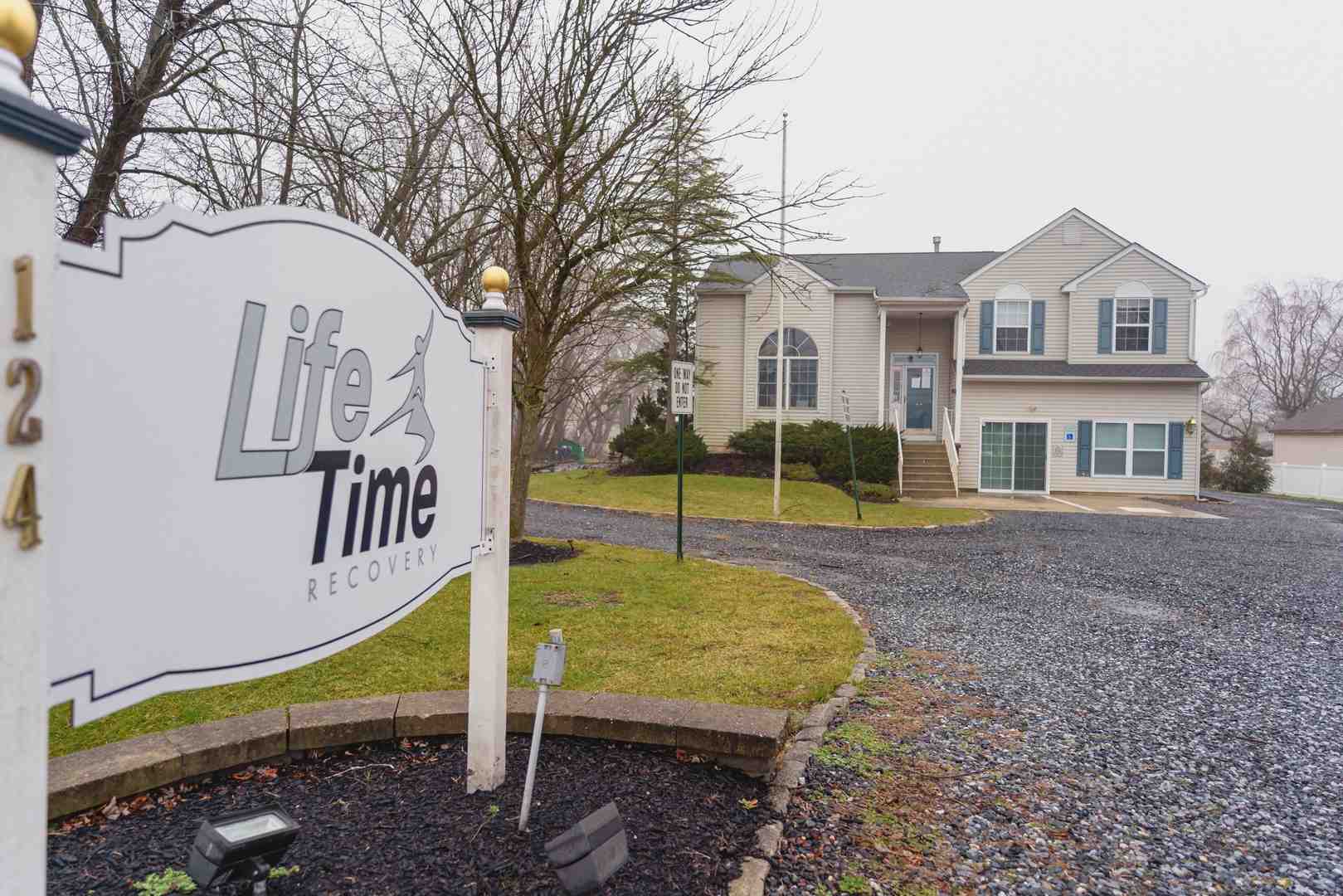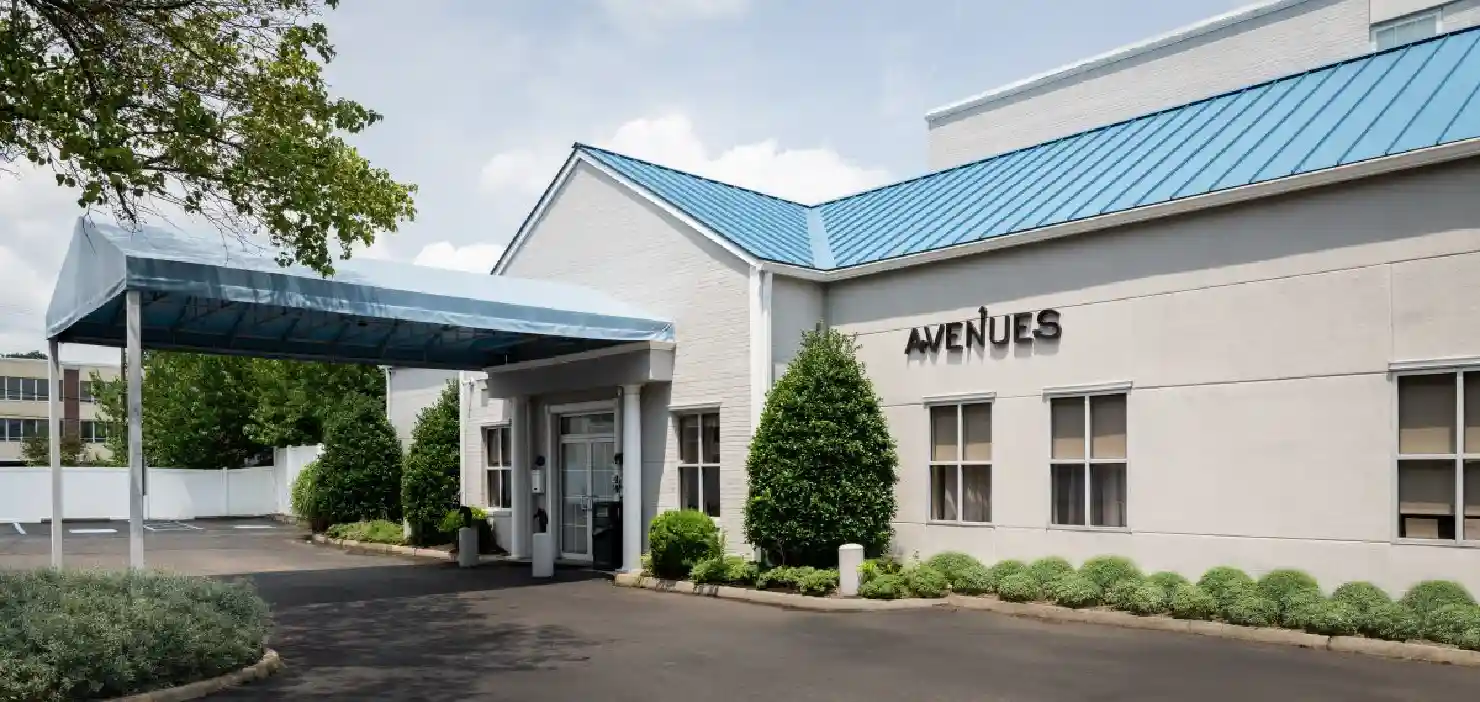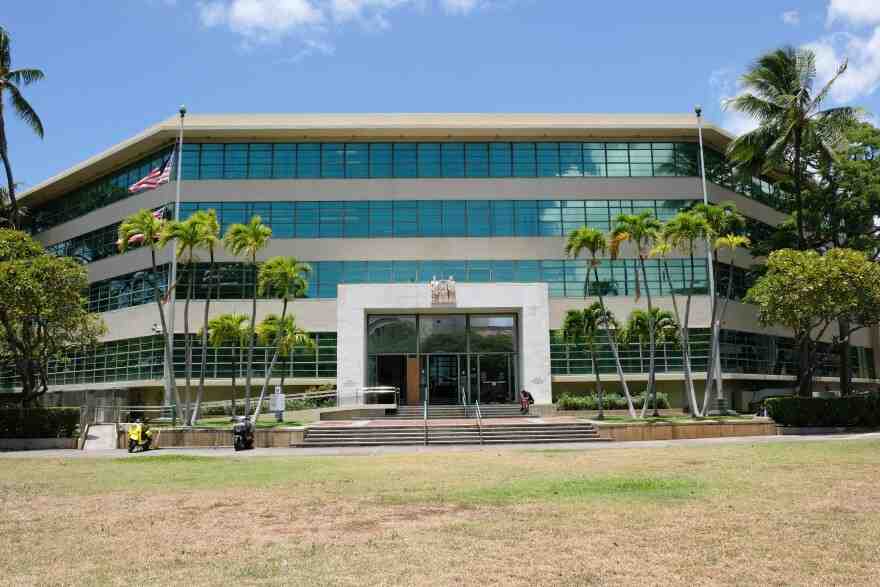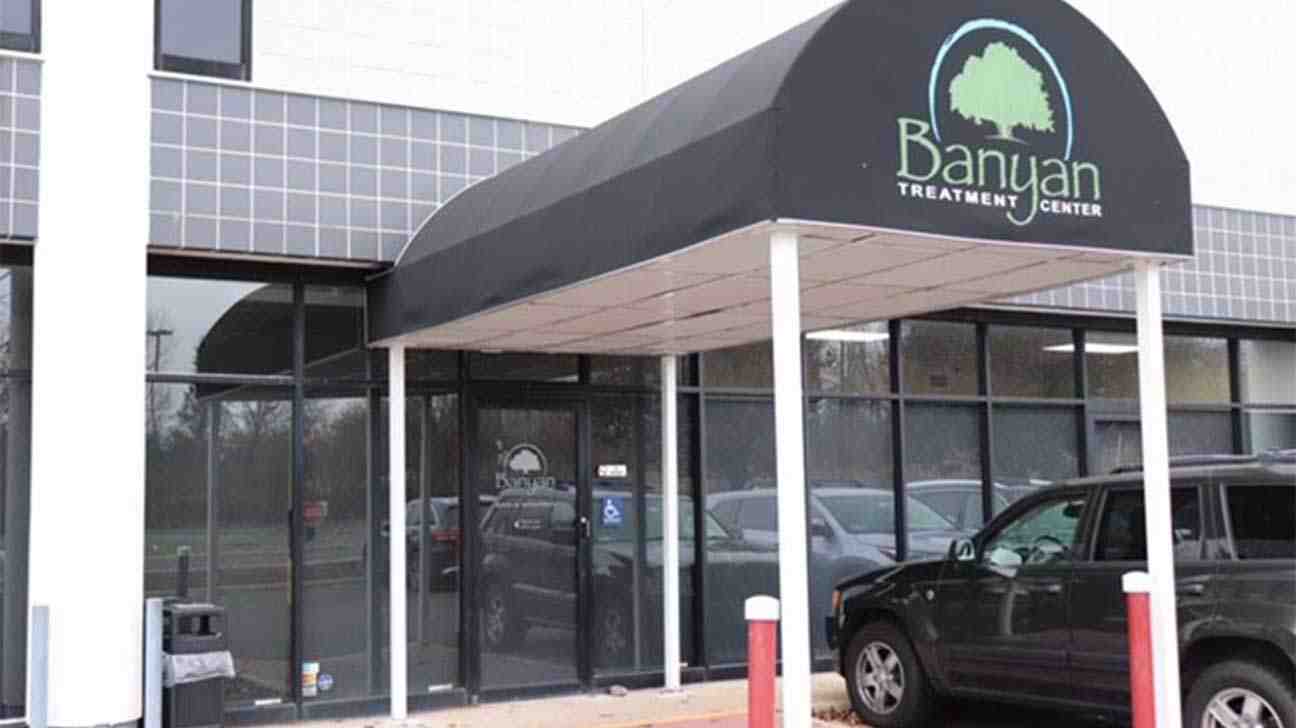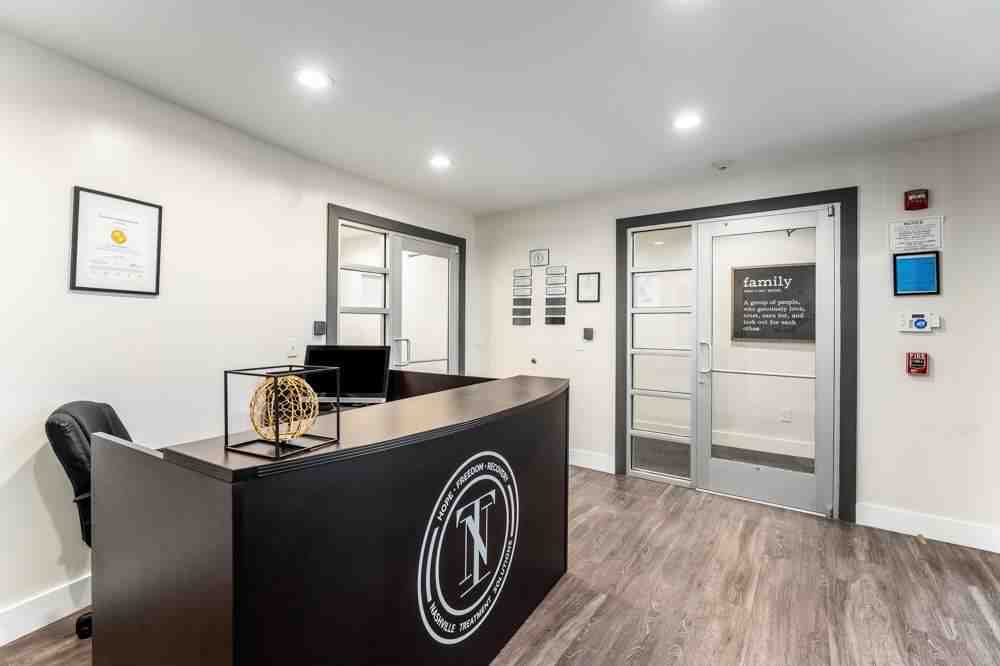
Understanding Your Path to Recovery
Inpatient addiction treatment is a live-in program where individuals receive intensive, 24/7 care for substance use disorders in a structured, supportive environment. It provides an immersive space to address addiction and its underlying causes, away from the triggers and stressors of daily life.
Key Features of Inpatient Treatment:
- 24/7 medical supervision and support from licensed professionals
- Safe, trigger-free environment away from daily stressors and influences
- Comprehensive care including detox, therapy, and skill-building
- Typical duration of 30-90 days, with longer options available
- Evidence-based therapies like CBT, DBT, and group counseling
- Treatment for co-occurring disorders (addiction plus mental health conditions)
- Aftercare planning to support long-term recovery
If you or someone you love is struggling, you’re not alone. The journey may seem overwhelming, but inpatient rehab provides the immersive support needed to build a foundation for lasting recovery in a safe space. By removing you from the environment where addiction thrives, it allows you to focus completely on healing, surrounded by professionals and peers who understand your struggle.
At Addiction Helpline America, we’ve helped countless individuals find their way to recovery through inpatient addiction treatment programs across the country. Our team connects you with accredited facilities that offer the compassionate, comprehensive care you need to reclaim your life.
This guide will walk you through what to expect, how to choose the right facility, and how to plan for life after rehab, empowering you to make informed decisions for your recovery journey.

Inpatient addiction treatment terms to learn:
Understanding Inpatient Addiction Treatment: What It Is and Who It’s For
When addiction takes hold, trying to recover while surrounded by daily triggers can feel impossible. Inpatient addiction treatment offers a crucial break from that chaos—a safe, structured environment designed entirely for healing. In a residential program, you live at the facility full-time, typically for 30 to 90 days, giving you the gift of focused, uninterrupted time to reset your life with around-the-clock support.
Defining Inpatient Care
Inpatient addiction treatment is a live-in program providing 24/7 support and medical supervision. Unlike outpatient care, where you attend sessions and return home, inpatient treatment immerses you in a therapeutic environment. This removes you from external stressors and triggers, allowing you to focus solely on recovery.
While outpatient care works for those with strong support systems and less severe addiction, it means returning to the same environment where substance use developed. Inpatient care creates a protective bubble where new, healthy habits can be formed. The constant medical supervision is especially critical during detox or for those with co-occurring health issues. You can learn more about these intensive inpatient services and how they are structured.
Here’s how the two approaches compare:
| Feature | Inpatient Care | Outpatient Care |
|---|---|---|
| Living Arrangement | Resides at facility 24/7 | Lives at home |
| Supervision | Constant, round-the-clock medical and clinical staff | Scheduled sessions only, no overnight supervision |
| Environment | Structured, trigger-free, fully immersive | Flexible, returns to daily environment with triggers |
| Intensity | High, with daily therapy and activities | Moderate, with scheduled sessions several times weekly |
| Medical Detox | Often integrated with 24/7 medical supervision | Typically referred elsewhere or not available |
| Cost | Generally higher | Generally lower |
Key Benefits of an Inpatient Program
Choosing inpatient addiction treatment provides several powerful advantages for recovery:
- A Safe, Trigger-Free Environment: By removing you from people, places, and stressors linked to substance use, residential treatment provides immediate relief and a space to heal without temptation.
- Round-the-Clock Medical and Clinical Support: Withdrawal and early recovery can be physically and emotionally intense. Having 24/7 access to doctors, nurses, and therapists ensures your safety and provides immediate help whenever you need it.
- Integrated Treatment for Co-occurring Disorders: Addiction is often intertwined with depression, anxiety, or trauma. Inpatient programs address both substance use and mental health simultaneously, which is essential for lasting recovery. An inpatient facility for mental health can provide this comprehensive care.
- A Structured Daily Routine: A predictable schedule of therapy, meals, exercise, and rest replaces the chaos of addiction. This structure helps rebuild healthy habits and brings a sense of normalcy and purpose to your days.
- Peer Support: Living alongside others on the same journey creates powerful bonds. In group therapy and daily interactions, you’ll find understanding and encouragement, realizing you are not alone in your struggle.
- Skill-Building and Relapse Prevention: Treatment focuses on teaching concrete skills for managing stress, handling cravings, and communicating effectively. These tools are the foundation for a life free from substance dependence.
Who Should Consider Inpatient Treatment?
Inpatient addiction treatment is the recommended level of care in several situations. Consider an inpatient program if you or a loved one:
- Struggle with severe substance use that has significantly impacted health, work, or relationships.
- Have tried to quit before without success through outpatient programs or on your own.
- Live in an unstable or unsupportive home environment where triggers are unavoidable.
- Have a co-occurring mental health condition (dual diagnosis) like depression, anxiety, or PTSD that needs to be treated alongside the addiction.
- Require medical detoxification, as withdrawal from substances like alcohol and benzodiazepines can be dangerous without 24/7 medical oversight.
- Lack a strong, sober support system of family and friends to aid in recovery.
If these situations sound familiar, Addiction Helpline America can help you explore your options and find a program that provides the necessary level of care.
A Day in the Life: What to Expect During Your Stay
If you’re considering inpatient addiction treatment, you might wonder what a typical day involves. While each facility is unique, most share a common goal: creating a structured, supportive environment where healing is the primary focus. Your days are thoughtfully designed to replace the chaos of addiction with a routine centered on recovery.

The daily structure in inpatient addiction treatment centers isn’t about control—it’s about creating a predictable and safe space where you can build the skills and strength needed to live a sober life.
A Typical Daily Schedule
Most inpatient programs follow a rhythm that balances intensive therapy with rest and personal growth. A typical day is structured to promote healing and build new habits:
- Mornings often begin early with meditation or light exercise, followed by a healthy breakfast. The first part of the day is usually dedicated to therapy, including group sessions that set a productive tone for the day.
- Midday includes individual counseling sessions for a deeper dive into personal issues, as well as educational workshops on topics like the science of addiction or relapse prevention. Lunch is another opportunity for community and peer connection.
- Afternoons are for a variety of activities. You might participate in skill-building workshops (e.g., anger management), holistic therapies like art, music, or yoga, or recreational activities that help you reconnect with your body in a healthy way.
- Evenings typically feature support group meetings, such as 12-Step programs (AA/NA) or alternatives like SMART Recovery. The day ends with time for reflection, journaling, or quiet reading before a scheduled lights-out, ensuring you get the rest your body and mind need to heal.
Common Therapies in Inpatient Addiction Treatment
Inpatient addiction treatment uses a blend of evidence-based therapies to address addiction from all angles:
- Cognitive Behavioral Therapy (CBT): A cornerstone of treatment, CBT helps you identify and change the negative thought patterns and behaviors that drive substance use.
- Dialectical Behavior Therapy (DBT): Especially useful for co-occurring disorders, DBT teaches skills for emotional regulation, distress tolerance, and mindfulness.
- Individual Therapy: One-on-one sessions provide a private space to explore the root causes of your addiction, such as trauma or grief, with a licensed therapist.
- Group Counseling: Sharing experiences with peers creates a powerful sense of community and shows you that you are not alone in your struggles.
- Family Therapy: These sessions help heal relationships by improving communication, rebuilding trust, and establishing healthy boundaries.
- Medication-Assisted Treatment (MAT): For opioid or alcohol addiction, FDA-approved medications can reduce cravings and withdrawal symptoms, making it easier to engage in therapy.
- Holistic Therapies: Activities like yoga, art therapy, and meditation address your overall well-being, helping you process emotions and reduce stress.
For more on the initial phase of recovery, the Clinical Guidelines for Withdrawal Management offer valuable professional insights.
Program Duration: How Long Does Treatment Last?
The right length of stay is custom to your individual needs, based on addiction severity, co-occurring conditions, and treatment history.
- 30-Day Programs: Often an entry point, this duration is ideal for stabilization, detox, and introducing foundational recovery concepts. It’s a solid start for those with less severe addiction.
- 60-Day Programs: This length allows for more in-depth therapeutic work. After stabilizing, you have more time to address underlying issues and practice new coping skills.
- 90-Day Programs: Widely considered the gold standard, 90-day programs are associated with better long-term outcomes. This extended time helps solidify new habits and build a strong recovery foundation.
- Long-Term Residential Programs: Lasting six months or more, these are designed for individuals with severe addiction, multiple relapses, or significant co-occurring disorders. You can find more information on long term rehab centers for extended care options.
Investing enough time in inpatient addiction treatment is an investment in a life worth living.
Choosing the Right Inpatient Addiction Treatment Facility
Selecting the right inpatient addiction treatment facility is a critical step on the path to recovery. The goal is to find a place where you feel safe, understood, and supported. With so many options available, it can feel overwhelming, but focusing on a few key factors can help you make an informed choice.
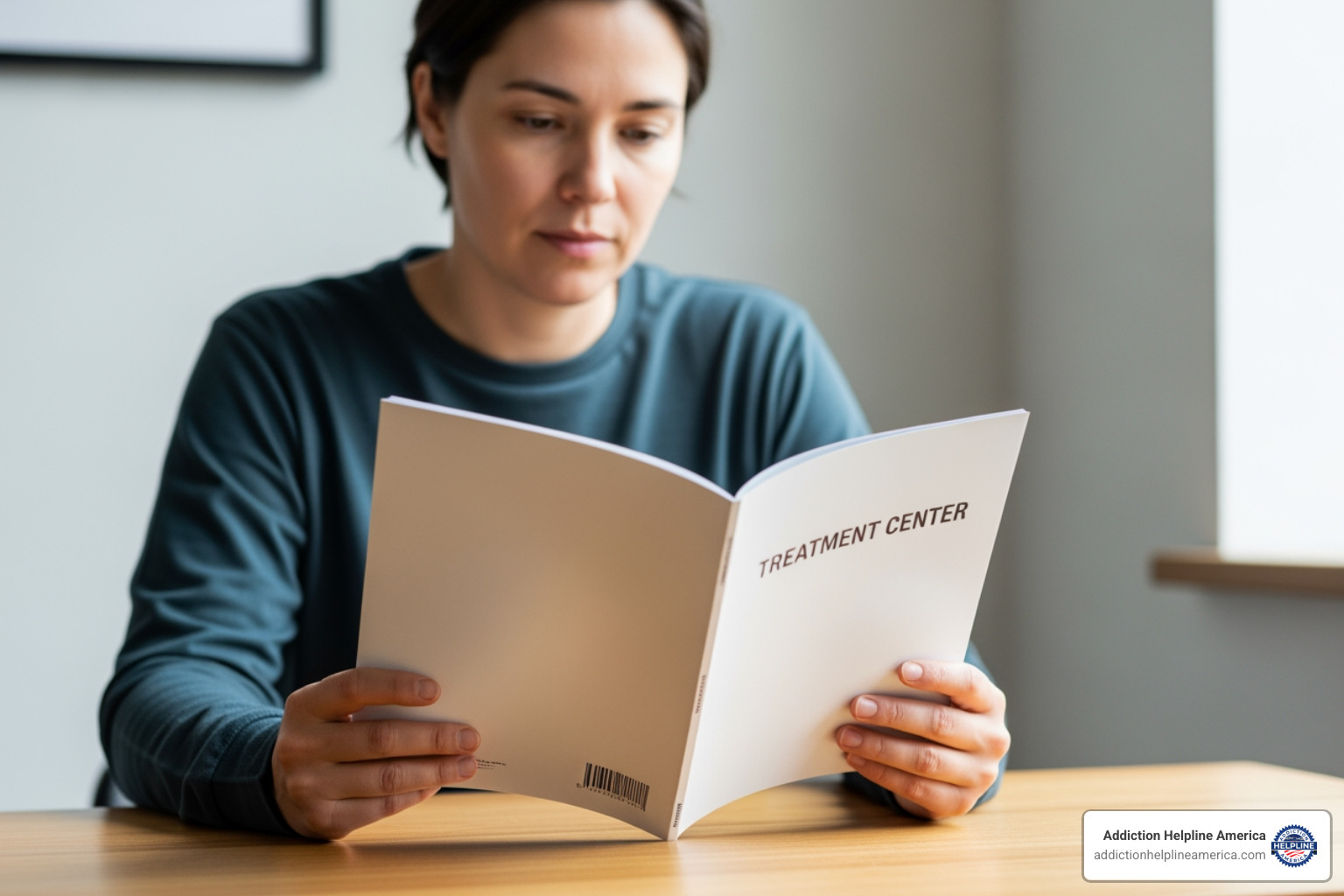
At Addiction Helpline America, we guide people through this process daily, helping them find facilities that meet their unique needs.
Key Factors to Consider When Selecting a Center
When researching inpatient addiction treatment facilities, look beyond the marketing and focus on what truly matters for effective care:
- Accreditation and Licensing: Ensure the facility is accredited by reputable organizations like CARF International or The Joint Commission. Accreditation signifies that the center meets high standards for safety and quality of care.
- Staff Qualifications: The clinical team should include licensed and credentialed professionals, such as doctors, nurses, and addiction counselors. A multidisciplinary team is best equipped to handle complex needs.
- Treatment Philosophy: Look for programs that use evidence-based approaches (like CBT, DBT) and offer individualized treatment plans rather than a one-size-fits-all model.
- Specialization: Some facilities specialize in treating specific substances or catering to certain populations (e.g., veterans, LGBTQ+). If you have a co-occurring mental health disorder, ensure the center offers integrated treatment for dual diagnosis. Quality intensive inpatient services should address all aspects of your health.
- Location and Environment: While quality of care is paramount, consider if you’d benefit from being close to home or farther away from triggers. The environment should feel safe and conducive to healing.
- Aftercare Planning: Recovery is a lifelong journey. A good facility will help you create a detailed aftercare plan, including connections to outpatient programs, sober living, and alumni support.
Here are some key questions to ask an admissions counselor:
- What are your accreditations and licenses?
- What qualifications and experience do your clinical staff have?
- Do you offer integrated treatment for co-occurring mental health disorders?
- What specific therapies do you use, and are they evidence-based?
- What does a typical day look like in your program?
- How do you involve family in treatment?
- What does your aftercare program include?
- What is your staff-to-patient ratio?
- What are your policies on visitors and phone calls?
- What are your admission criteria?
Understanding the Costs and Payment Options
Cost is a major concern for many, but it should not prevent you from seeking help. There are several ways to pay for inpatient addiction treatment.
- Insurance Coverage: The Affordable Care Act requires most health insurance plans to cover substance use disorder treatment. Coverage varies, so call the number on your insurance card to verify your benefits for inpatient care. Our team at Addiction Helpline America can also help you understand your coverage.
- Private Pay and Financing: If you don’t have insurance, many facilities offer payment plans or have sliding scale fees based on income. Ask about in-house financing options.
- State-Funded and Non-Profit Options: Government programs and non-profit organizations often provide financial assistance or scholarships for those with limited income. SAMHSA’s treatment locator can help find facilities that offer payment assistance.
Be upfront about your financial situation with admissions counselors. They are experienced in helping people steer these challenges and can connect you with available resources. The investment in quality treatment is an investment in your future.
The Journey to Recovery: From Admission to Aftercare
Starting inpatient addiction treatment is a courageous first step toward lasting change. The journey involves several key stages, from your initial call for help to building a new life in long-term recovery. Understanding this process can make it feel less daunting.

How to Access Inpatient Addiction Treatment
Getting started is more straightforward than you might think. The process usually begins with a free, confidential assessment with a treatment professional. This conversation helps determine the right level of care for your unique situation. You typically don’t need a doctor’s referral; many people self-refer by contacting a treatment center or helpline directly.
Using a resource like Addiction Helpline America simplifies the process. We can answer your questions, explain your options, and help you find the right program from our nationwide network. You can explore options in our Addiction Helpline America’s treatment directory. Once a facility is chosen, the admissions team will guide you through paperwork and scheduling your arrival.
The Role of Family in Recovery
Addiction impacts the entire family, so quality inpatient addiction treatment programs incorporate family healing into the process. Through family therapy sessions, loved ones can learn to communicate effectively, rebuild trust, and set healthy boundaries in a safe, guided environment. Educational programs help family members understand addiction as a disease, which reduces blame and fosters a more supportive home dynamic. When the family heals together, the foundation for long-term sobriety becomes much stronger.
Life After Rehab: The Importance of Aftercare
Completing an inpatient program is a huge achievement, but recovery is an ongoing process. Leaving the structured environment of treatment can be challenging, which is why a solid aftercare plan is essential.
- Relapse Prevention Plan: Before discharge, you and your counselor will create a personalized plan that identifies your triggers and outlines specific coping strategies.
- Sober Living Homes: These structured, substance-free residences offer a bridge between inpatient care and independent living, providing accountability and peer support.
- Alumni Programs: Staying connected to your treatment community through alumni events and workshops provides ongoing encouragement.
- Peer Support Groups: Groups like Alcoholics Anonymous (AA), Narcotics Anonymous (NA), and SMART Recovery are lifelines for long-term sobriety, offering free, accessible community support.
- Continued Therapy: Ongoing individual or group therapy helps you steer life’s challenges without returning to substance use.
Aftercare provides the tools and community needed to practice recovery successfully, day after day. At Addiction Helpline America, we are committed to supporting you through every stage of this journey.
Frequently Asked Questions about Inpatient Rehab
Deciding on inpatient addiction treatment brings up many questions. We want you to feel informed and confident as you consider this life-changing step. Here are straightforward answers to some of the most common concerns.
Can I use my phone or have visitors?
Policies on communication vary by facility. Most inpatient addiction treatment centers restrict cell phone use, especially in the early stages of treatment. This isn’t to punish you, but to create a distraction-free environment where you can fully immerse yourself in recovery. It allows you to disconnect from outside stressors and focus on healing.
Similarly, visitation is usually scheduled and structured. It may be limited to certain hours or integrated into family therapy sessions to ensure that visits are productive and support your therapeutic goals. Always ask the admissions team about their specific policies on phones and visitors before you arrive.
What is medical detox?
Medical detox is the process of safely managing withdrawal symptoms under 24/7 medical supervision. When your body is dependent on a substance, stopping suddenly can cause uncomfortable and, in some cases, dangerous withdrawal symptoms. This is especially true for alcohol and benzodiazepines.
In a medical detox setting, doctors and nurses monitor your health and can provide medications to ease discomfort, manage symptoms like nausea or anxiety, and prevent serious complications. It’s the crucial first step that stabilizes you physically, allowing you to transition safely and comfortably into the therapeutic work of rehab.
For more details, the Clinical Guidelines for Withdrawal Management offer an in-depth look at this process.
Does insurance cover inpatient treatment?
Yes, in most cases, health insurance does cover inpatient addiction treatment. Federal laws like the Affordable Care Act (ACA) and the Mental Health Parity and Addiction Equity Act (MHPAEA) mandate that most insurance plans provide coverage for substance use disorder treatment.
However, the amount of coverage depends on your specific plan. Factors like your deductible, copay, and whether a facility is in-network will affect your out-of-pocket costs. The best first step is to call the number on your insurance card to verify your benefits. The admissions team at a treatment facility or our team at Addiction Helpline America can also help you steer this process.
If you don’t have insurance, don’t give up. Many facilities offer payment plans, sliding-scale fees, or can connect you with state-funded programs. The cost of not getting treatment is always far greater than the investment in recovery.
Conclusion: Taking the First Step Towards a New Life
Choosing to pursue recovery is one of the most courageous decisions you can make. This guide has shown that inpatient addiction treatment offers a path to lasting change by providing a safe, structured environment where healing can begin. It’s about more than just stopping substance use; it’s about rebuilding your life from the ground up.
Inpatient programs provide 24/7 medical supervision, a community of peers who understand, and evidence-based therapies to address both addiction and any co-occurring mental health disorders. With a strong focus on aftercare planning, you are set up not just to get sober, but to stay sober.
If you or someone you love is struggling, please know this: you are not alone, and help is available right now. The most difficult part is often making that first call, but it’s a step that can change everything.
At Addiction Helpline America, we provide free, confidential, and personalized guidance to connect you with accredited treatment centers from our network across the country. From Alabama to Wyoming, we can help you find a program that fits your unique needs.
Recovery is possible. A new life filled with hope, health, and purpose is waiting.
Find the right addiction and rehab hotline for you
Let’s take that first step together.
Our helpline is 100%
free & confidential
If you or someone you care about is struggling with drug or alcohol addiction, we can help you explore your recovery options. Don’t face this challenge alone—seek support from us.
Programs
Resources
Will my insurance
cover addiction
treatment?
We're ready to help
Find the best
drug or alcohol treatment
center
Are you or a loved one struggling with addiction? Call today to speak to a treatment expert.






